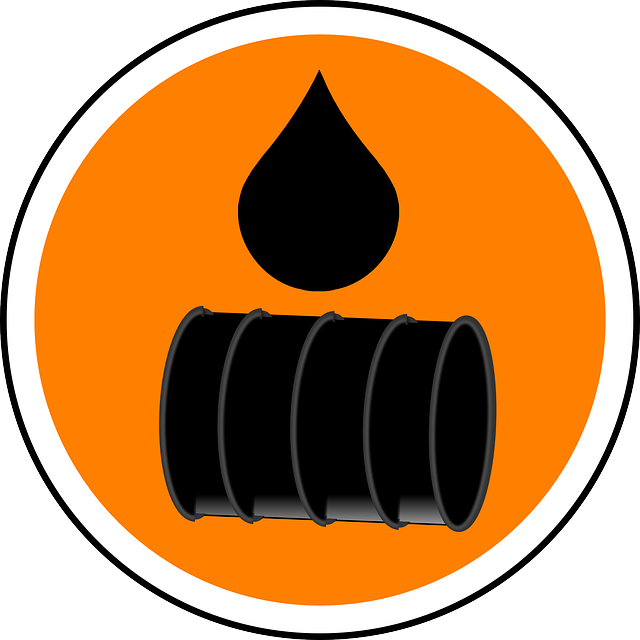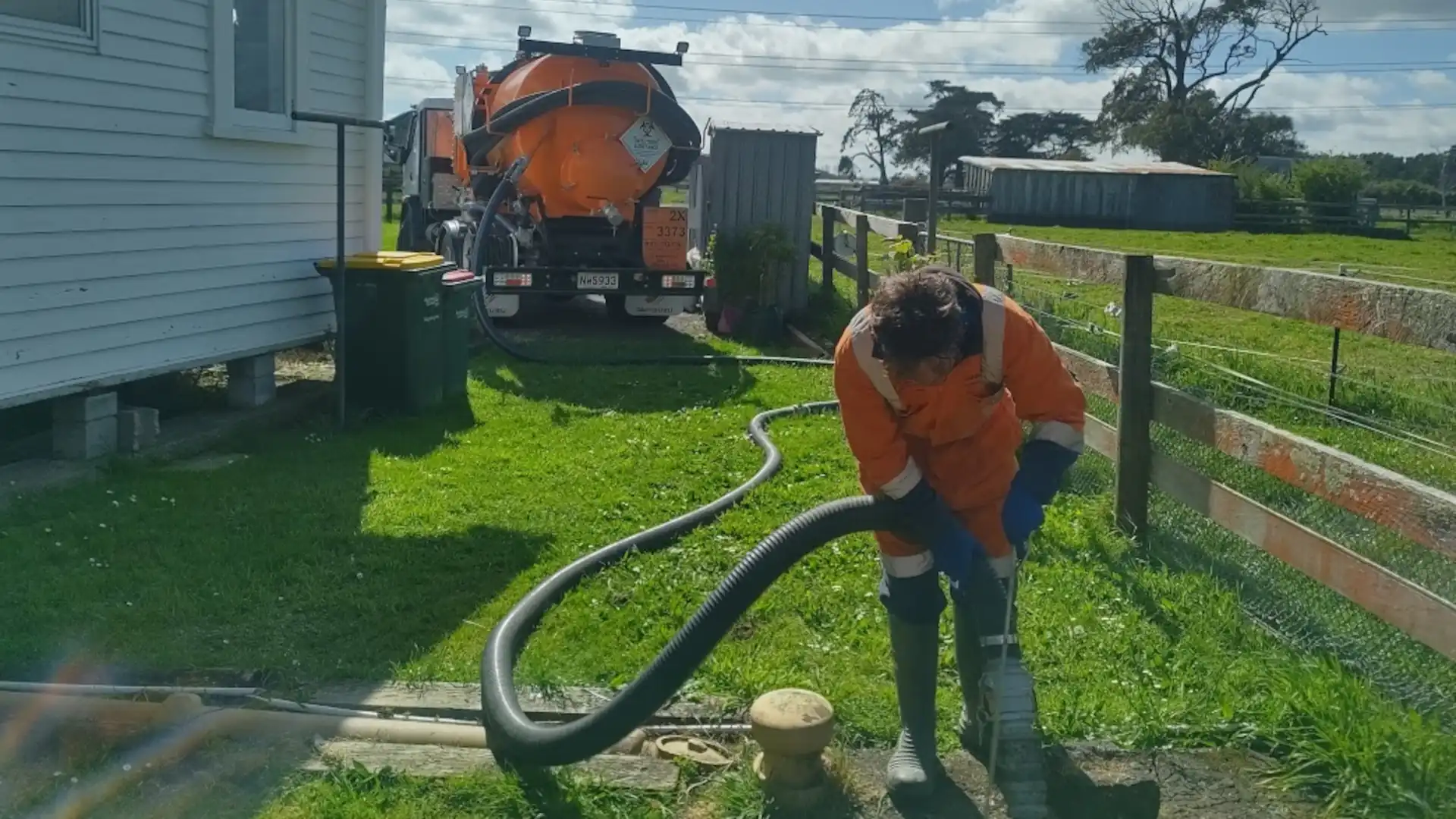Safe and Sustainable Liquid Waste Disposal: Your Go-To Service Provider
Safe and Sustainable Liquid Waste Disposal: Your Go-To Service Provider
Blog Article
Just How Liquid Waste Disposal Functions: An In-depth Introduction of Techniques and Technologies Utilized

Summary of Liquid Waste Kind
The complexity of fluid waste types necessitates a complete understanding of their attributes and implications for disposal. Fluid waste can extensively be classified into several types, including commercial, local, farming, and contaminated materials. Each group shows distinct buildings, calling for details administration methods to reduce environmental and health threats.
Industrial fluid waste originates from manufacturing procedures and usually has a variety of pollutants, such as heavy steels, solvents, and organic compounds. Metropolitan fluid waste, mainly comprising wastewater from houses and industrial establishments, has raw material, nutrients, and virus (industrial wastewater treatment). Agricultural fluid waste, including drainage from ranches, may contain fertilizers, pesticides, and animal waste, posing threats to water quality and ecosystems
Unsafe liquid waste is characterized by its poisoning, reactivity, or prospective to cause damage. This category consists of substances like acids, bases, and specific chemicals that necessitate rigid handling and disposal procedures. Understanding these diverse fluid waste types is critical for establishing reliable disposal methods and ensuring compliance with ecological guidelines. Correct category and characterization are important for executing ideal therapy techniques and minimizing the negative effect on public health and wellness and the environment.
Physical Treatment Methods

Screening is the initial step, where bigger particles and particles are eliminated from the fluid waste utilizing displays or grates. In sedimentation containers, larger bits work out at the base, developing a sludge layer, while the cleared up fluid can be more treated.
Filtration is an additional necessary method that entails passing the fluid through permeable materials, such as sand or membrane layers, to catch smaller sized bits. This step boosts the high quality of the fluid, making it appropriate for succeeding treatment procedures.

Chemical Treatment Strategies
Chemical treatment strategies are vital for effectively handling fluid waste, especially in addressing liquified and colloidal contaminants that physical techniques may not effectively remove. These methods make use of different chemical agents to neutralize, precipitate, or transform unsafe substances right into much less hazardous kinds.
One common technique is coagulation and flocculation, where chemicals such as alum or ferric chloride are included in advertise the gathering of put on hold particles. This procedure boosts sedimentation, allowing for less complicated elimination of the resulting sludge. Furthermore, oxidation procedures, using agents like chlorine or ozone, are utilized click now to damage down intricate natural compounds and microorganisms, making the waste more secure for discharge or further treatment.
Neutralization is one more essential method, which readjusts the pH of acidic or alkaline waste streams to neutral degrees, stopping potential harm to downstream systems and the environment. In addition, progressed oxidation processes (AOPs) utilize mixes of oxidants and ultraviolet light to break down relentless pollutants, achieving a greater level of therapy effectiveness.
Organic Treatment Procedures
Organic therapy procedures play a crucial role in the management of liquid waste by utilizing microorganisms to break down raw material and decrease pollutant levels. These processes can be continue reading this broadly categorized into anaerobic and aerobic therapies, each using details microbial areas to attain efficient waste deterioration.
Cardiovascular treatment entails making use of oxygen to promote the malfunction of organic materials by bacteria. This procedure is generally carried out in triggered sludge systems, where aeration tanks give a helpful atmosphere for microbial growth, bring about the oxidation of natural contaminants. The resultant biomass can be separated from dealt with effluent with sedimentation.
In contrast, anaerobic therapy happens in the absence of oxygen, depending on various bacteria to damage down organic matter. This approach is especially advantageous for high-strength visite site waste, as it creates biogas, a sustainable power resource, while reducing sludge manufacturing. Technologies such as anaerobic digesters are often employed in commercial and community applications.
Both anaerobic and cardiovascular biological therapies not only decrease the environmental influence of liquid waste yet additionally facilitate source recovery, making them important components of sustainable waste monitoring techniques. Their efficiency, flexibility, and performance support their extensive application throughout numerous industries.
Arising Technologies in Disposal
Cutting-edge approaches to liquid garbage disposal are swiftly evolving, driven by improvements in modern technology and an enhancing focus on sustainability. Amongst these arising modern technologies, membrane bioreactors (MBRs) have acquired grip for their capacity to incorporate organic treatment with membrane filtration, leading to top notch effluent that can be reused in different applications. MBRs make it possible for smaller sized impacts and more efficient procedures contrasted to conventional systems.
One more promising growth is using anaerobic digestion incorporated with nutrient healing modern technologies, which not just deals with fluid waste yet likewise generates biogas and recovers valuable nutrients like nitrogen and phosphorus. This dual advantage improves resource efficiency and decreases environmental impact.
In addition, progressed oxidation procedures (AOPs) are being embraced for the deterioration of complicated organic pollutants. These approaches make use of effective oxidants and drivers to break down pollutants at the molecular level, providing a highly reliable remedy for tough waste streams.
Additionally, the combination of synthetic intelligence and equipment discovering in waste administration systems is optimizing functional effectiveness and predictive upkeep, causing decreased costs and boosted environmental conformity. These innovations reflect a considerable shift towards even more sustainable and effective fluid waste disposal techniques.
Final Thought
In conclusion, efficient fluid waste disposal necessitates a detailed understanding of numerous techniques and innovations. By constantly progressing these methodologies, it becomes possible to attend to the expanding challenges associated with liquid waste, eventually adding to ecological defense and source recovery.
Liquid waste disposal is an important facet of environmental management, requiring an extensive understanding of different methods and modern technologies customized to various waste kinds. Fluid waste can generally be categorized right into several types, including commercial, local, farming, and dangerous waste. Agricultural liquid waste, including runoff from ranches, might contain fertilizers, pesticides, and pet waste, presenting threats to water top quality and environments.
Numerous physical treatment methods play an important function in managing liquid waste properly - industrial wastewater treatment.In verdict, efficient liquid waste disposal necessitates a comprehensive understanding of various strategies and modern technologies
Report this page